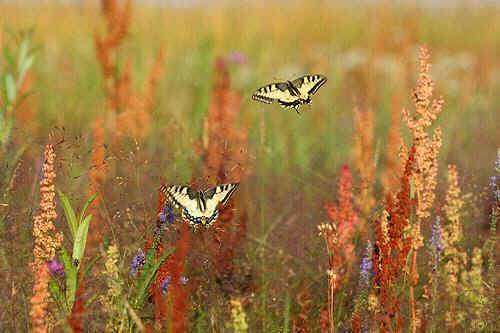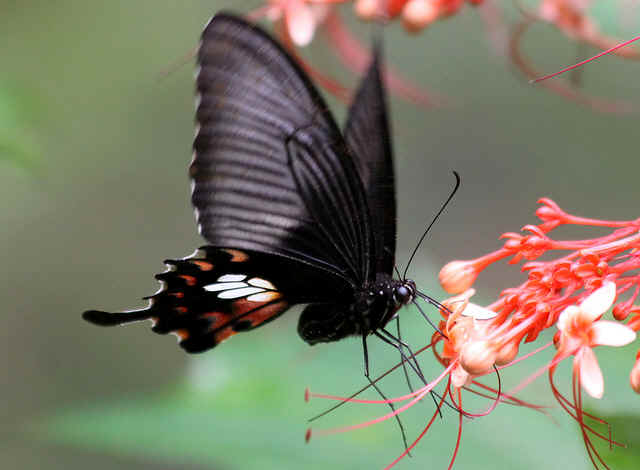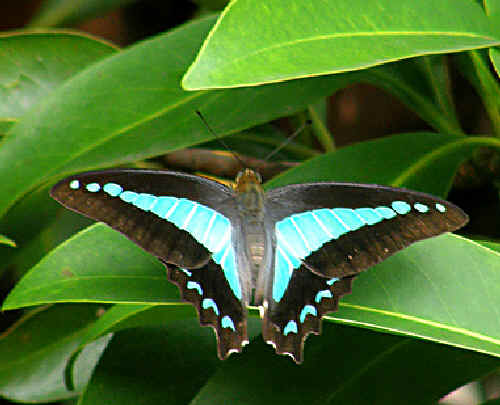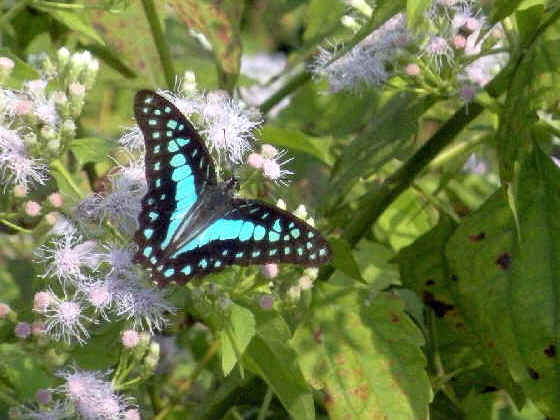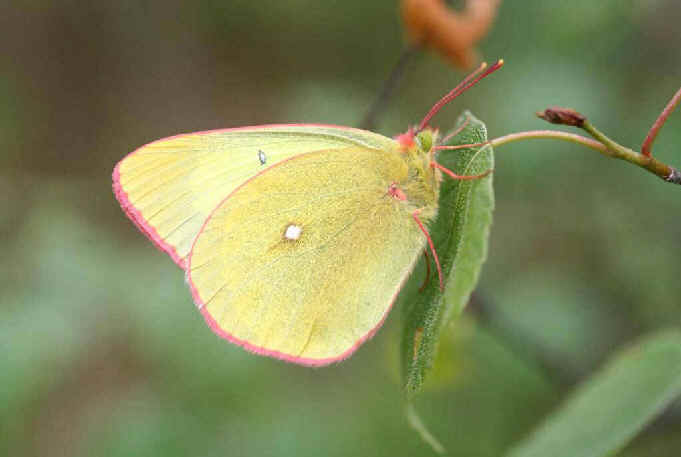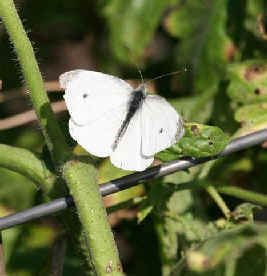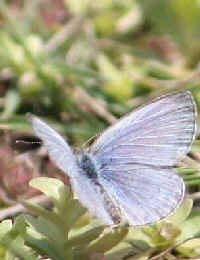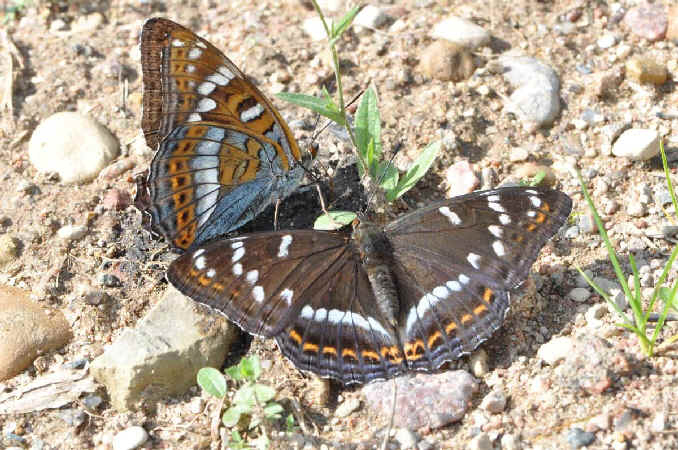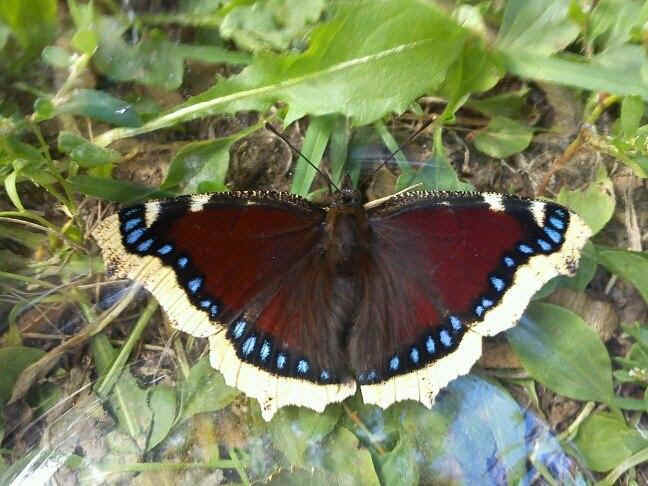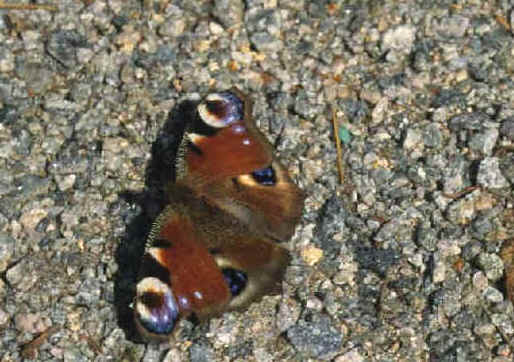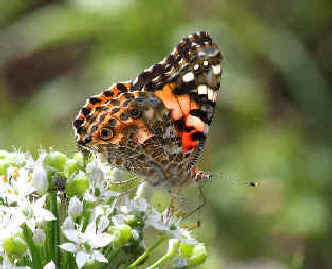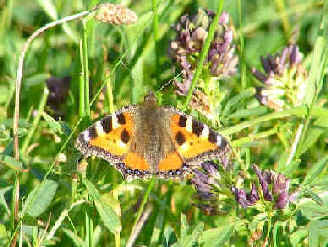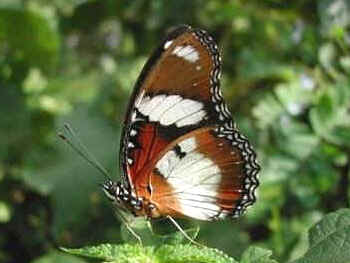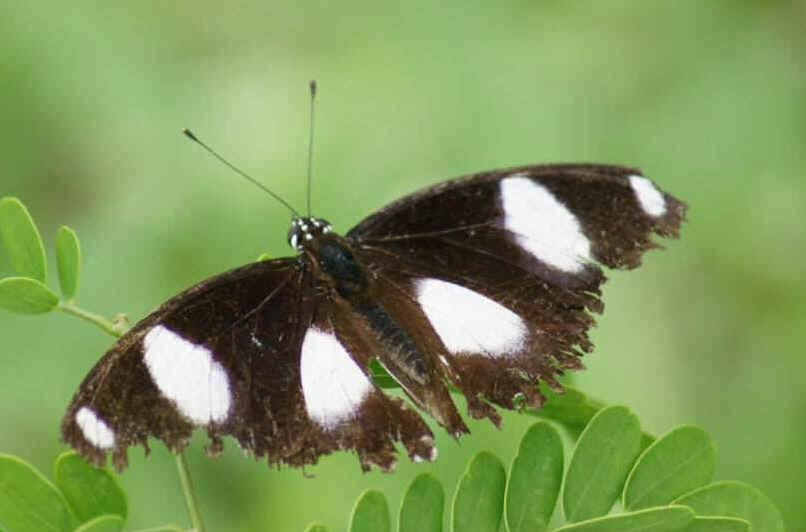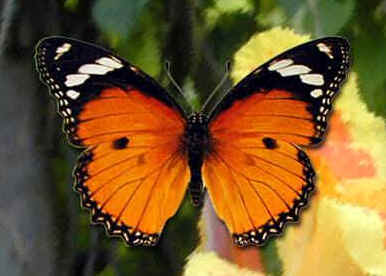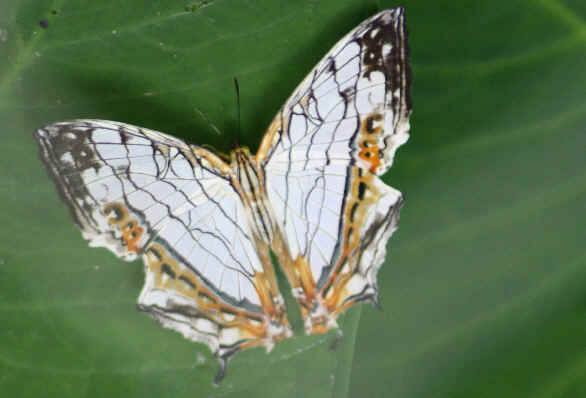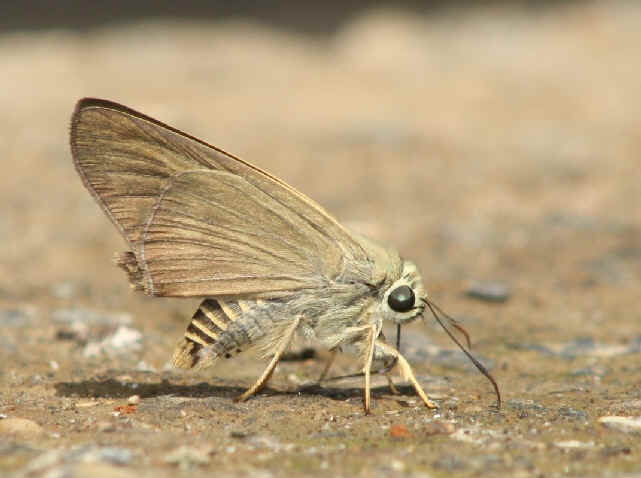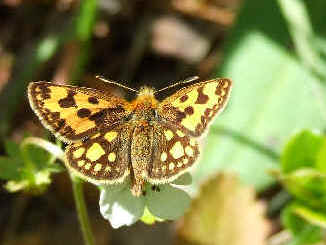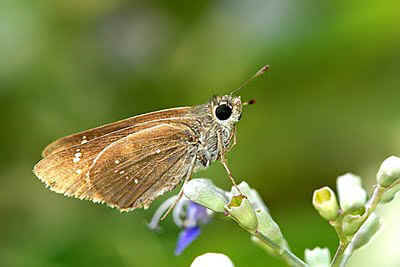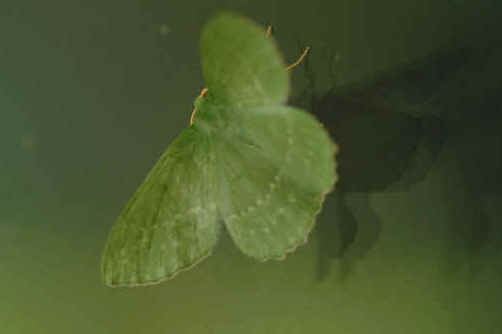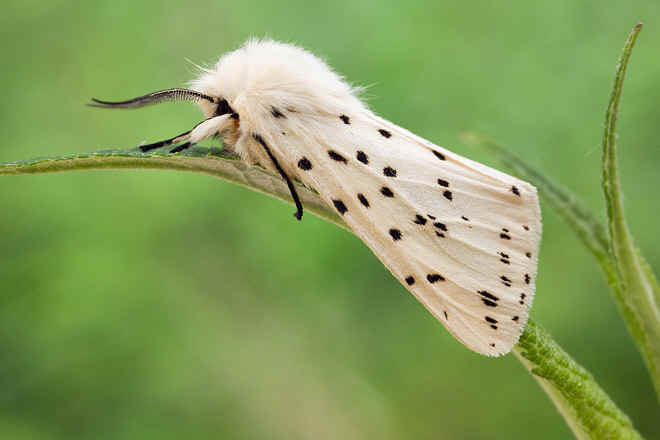
E-mail: font@focusonnature.com
Phone: Toll-free in USA 1-888-721-3555
or 302/529-1876
 |
PO Box 9021,
Wilmington, DE 19809, USA E-mail: font@focusonnature.com Phone: Toll-free in USA 1-888-721-3555 or 302/529-1876 |
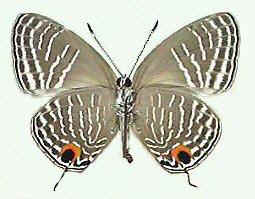 Butterflies
and Moths
Butterflies
and Moths
in Japan
noting
those during Focus On Nature Tours
in the months of: January, February, April,
May, June, July, November, December
Butterflies have been seen mostly during our spring tours
and during our winter tours on
the southern islands,
such as Amami &
Okinawa.
A List of Japanese Butterflies and Moths compiled by Armas Hill
Those with an asterisk (*) seen during FONT Japan
Tours, on the respective island as noted.
Numbers noted as (C:xx) refer to pages in "A World of Butterflies", with text by
Brian Cassie, and photographs (superb) by Kjell Sandved
Numbers noted as (F:xx) refer to pages in "The Illustrated Encyclopedia of
Butterflies", by Dr. John Feltwell
Numbers noted as (FGBJ:xx) refer to
pages in the "Field Guide to the Butterflies of Japan". The
text of the book is in Japanese so the name of the author is not currently known
here, nor is the year when the book was published. But in 2013 the book appeared
to be new.
Numbers noted as (KJB:xx) refer to pages in the
"Key to Japanese Butterflies in Natural Color", by Toshio
Inomata, published
in 1990
Numbers noted as (JBM:xx) refer to plates in
"Japanese Butterflies & Moths" by Takashi Shiramizu, not known
when published but a preface in an early edition was written in
1966
Numbers noted as (S:xx) refer to pages in the
"Smithsonian Handbook, Butterflies & Moths", by David Carter
Links to Butterfly Groupings in this
List:
Swallowtails
Sulphurs, Yellows, Whites
Gossamer Wings, inc. Hairstreaks,
Coppers, Blues
Brushfoots Skippers
Moths
Geographical Codes (relating to Japanese
Islands):
AM: Amami
HK: Hokkaido
HN: Honshu
IR: Iriomotejima
IS: Ishigakijima
KY: Kyushu
OK: Okinawa
(ph): species with a photo in the FONT website
Throughout the world, there are over 180,000 described species of butterflies
and moths (in the order Lepidoptera).
In the following list of Japanese butterflies and moths, 399 species (with
additional subspecies) are included.
SOME COMMENTARY REGARDING BUTTERFLY IDENTIFICATION:
"Get a guidebook, take a few years, and
you'll still make mistakes. Butterfly identification has an initial, deceptive
simplicity.
Individuals in a species vary naturally, an eyespot slightly larger, a color
brighter.
Males and females of a species can be strikingly dissimilar.
So can genetic morphs or forms within a gender.
In a single species, butterflies that live in a range of habitats can vary in
appearance and produce different populations or geographical races, each better
adapted to its environment.
Species can also produce generations of distinct morphs in the same place at
different times of the year.
One Tiger Swallowtail is black. On the same
flower, another Tiger Swallowtail is yellow.
Another species produces red butterflies in the wet season and blue in the dry.
A species darkens in response to air pollution.
A species gains an eyespot. A species loses one."
The above commentary taken from the book, "An Obsession with
Butterflies", by Sharman Apt Russell (a wonderful read).
Others Links:
Upcoming
FONT Birding & Nature Tours in Japan Upcoming
FONT Tours Elsewhere
A Bird-List & Photo Gallery of Japanese Birds, in 2 parts:
Part
#1: Pheasants to Pittas
Part #2: Minivets
to Buntings
Mammals in Japan
(with some photos)
Other Lists & Photo Galleries of: Butterflies
Birds Mammals
Amphibians, Reptiles
Alphabetical Directory of Butterflies by Genus of those with Photos in the FONT Website
Alphabetical Directory of Moths by Genus of those with Photos in the FONT Website
Directory of Photos in this Website

A List of Japanese Butterflies:
